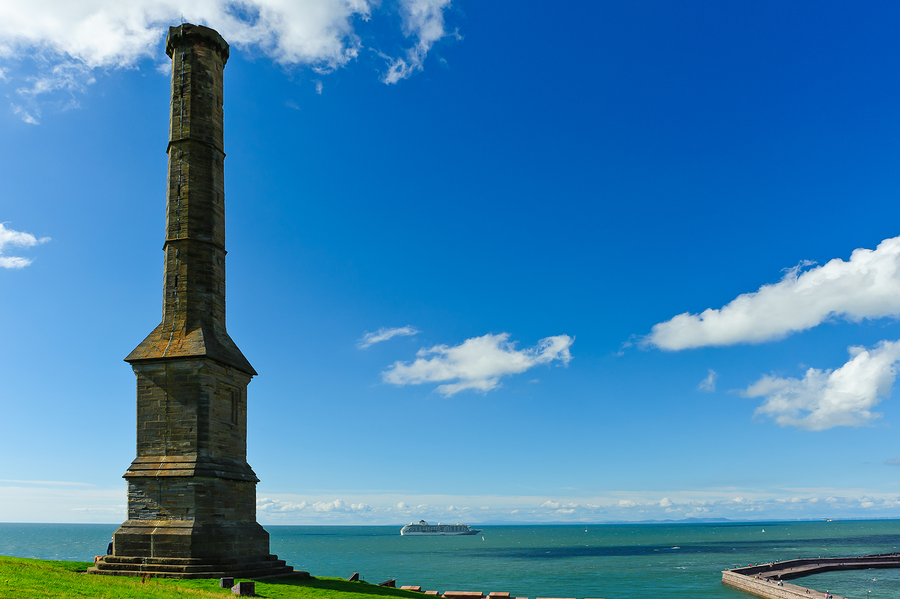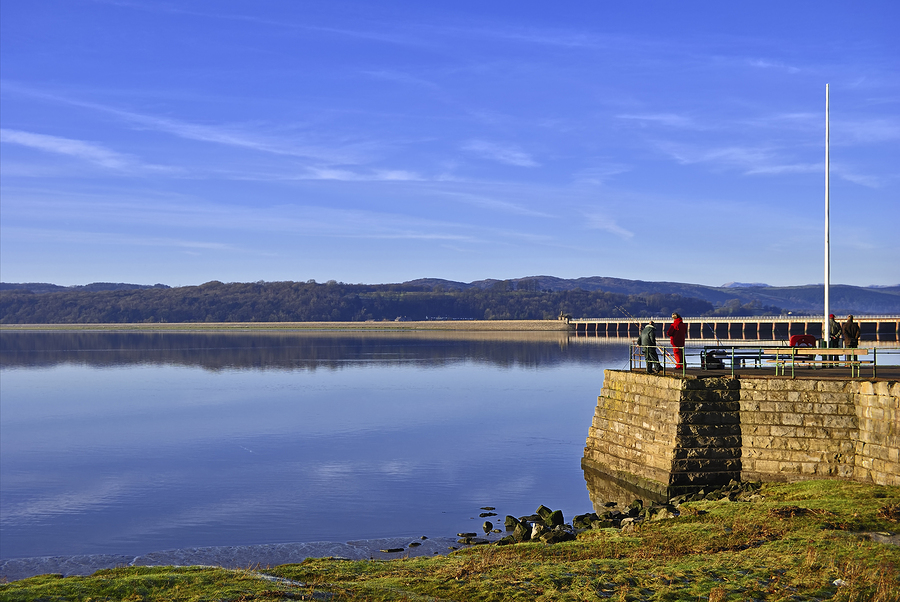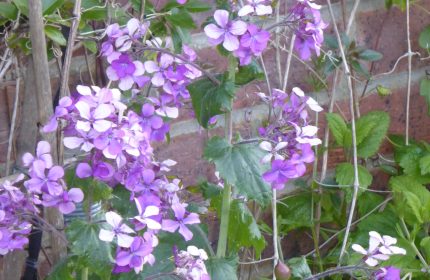A dozen or so things you never knew about the Cumbrian Coast
The sixth in our series of 'I never knew that about the beauty spots of Britain'
Britain is the most beautiful country in the world when the sun shines. And even when it doesn’t there are myriad tales and facts galore to enhance the beauty, whatever the weather. Here are some of them – they may make you want to go there….
A dozen or so things you never knew about…
The Cumbrian Coast
When one thinks of Cumbria, one thinks first of the Lake District. But there is another side to Cumbria, a gentler, less well-trod, unremembered Cumbria of sand and seabirds, mud and marsh, faraway villages and abandoned harbours, cobbled Victorian tourist towns, ruined abbeys and towers and churches embattled against the Scots, golden beaches and wide, windswept views. Framed by the beauty of the Lakeland fells, the Cumbrian Coast boasts England’s largest salt marsh and England’s largest area of peat bog, a quarter of all Britain’s rare natterjack toads, the remains of what was once the world’s largest steel making plant, the world’s first commercial nuclear power station, the world’s first undersea mine, England’s oldest public narrow gauge railway, the biggest collection of rhododendrons in Europe and a vibrant history and heritage.
- King Edward I, ‘Hammer of the Scots’ died on the Cumbrian coast. On 7th July 1307, while marching north to once more subdue the rebellious Scots, he succumbed to dysentery on Burgh Marsh, within sight of the Scottish hills. A tall column of bluff red sandstone marks the desolate spot, a mile from the nearest house and with only the wind and the gulls for company.
- The sturdy Cumbrian coastal village of Bowness-on-Solway, which faces Scotland across England’s third largest estuary, the Solway Firth, stands on the site of the Roman fort of Maia, the most westerly fort on Hadrian’s Wall, and much of the village is made of stone from the wall. Those who have walked the full length of Hadrian’s Wall from Wallsend in Northumberland, some 84 miles, or indeed, those who are starting out on the walk from here, may claim a stamp from the village hall to commemorate their achievement – or their ambition.
- Sir Robert de Brus, 6th Lord of Annandale, father of the Scottish king Robert the Bruce, is buried on the Cumbrian coast, in Holme Cultram Abbey in Abbeytown. Once the largest abbey in Cumberland, Holme Cultram was bigger even than Carlisle cathedral. Only a fragment of the abbey church survives today as the parish church but the impressive size and architecture of what remains reflects the might of the original abbey.
- The iron rails that built the railways of the world were sent from the Cumbrian coast. Rails produced from the iron ore fields of Cumberland, acknowledged as the finest in the world, were sent around the globe from Maryport, named in honour of Mary the wife of Humphrey Senhouse, who founded the port in 1749.
- Mary Queen of Scots landed on the Cumbrian coast on 16 May 1568 after fleeing from Dundrennan Abbey in Scotland in a fishing boat. She was courteously received by the Curwens at their home Workington Hall and from there wrote a letter to Queen Elizabeth I asking her to ‘send for me as soon as possible, for I am in a pitiable condition… having nothing in the world but the clothes in which I escaped….’

Whitehaven Candlestick and cruise ship moored off Whitehaven Cumbria
- The grid pattern streets of New York took their inspiration from the elegant Cumbrian coastal town of Whitehaven, laid out in the mid-18th century. The town’s developer Lord Lonsdale was, in turn, inspired by Christopher Wren’s vision for the rebuilding of London after the Great Fire.
- The Cumbrian coast lays claim to being the birthplace of St Patrick, at Ravenglass, the only coastal town within the Lake District National Park. Ravenglass was an important Roman naval harbour and boasts the highest section of defensive Roman wall left standing in Britain, some 12 feet in height.
- According to John Ruskin, the ‘Gateway to Paradise’ can be found on the Cumbrian coast, on the long terrace walk at 13th-century Muncaster Castle near Ravenglass, home of the Pennington family for more than 800 years.
See part three – The Peak District
Find out more about Christopher Winn’s ‘I Never Knew That’ here
Latest posts by Christopher Winn (see all)
- A dozen or so things you never knew about Loch Lomond and Dunbartonshire - October 20, 2021
- A dozen or so things you never knew about Bedfordshire - May 18, 2021
- A dozen or so things you never knew about Berwickshire - March 18, 2021
- A dozen or so things you never knew about The Surrey Hills - January 26, 2021
- A dozen or so things you never knew about historic Monmouthshire - February 10, 2020






















